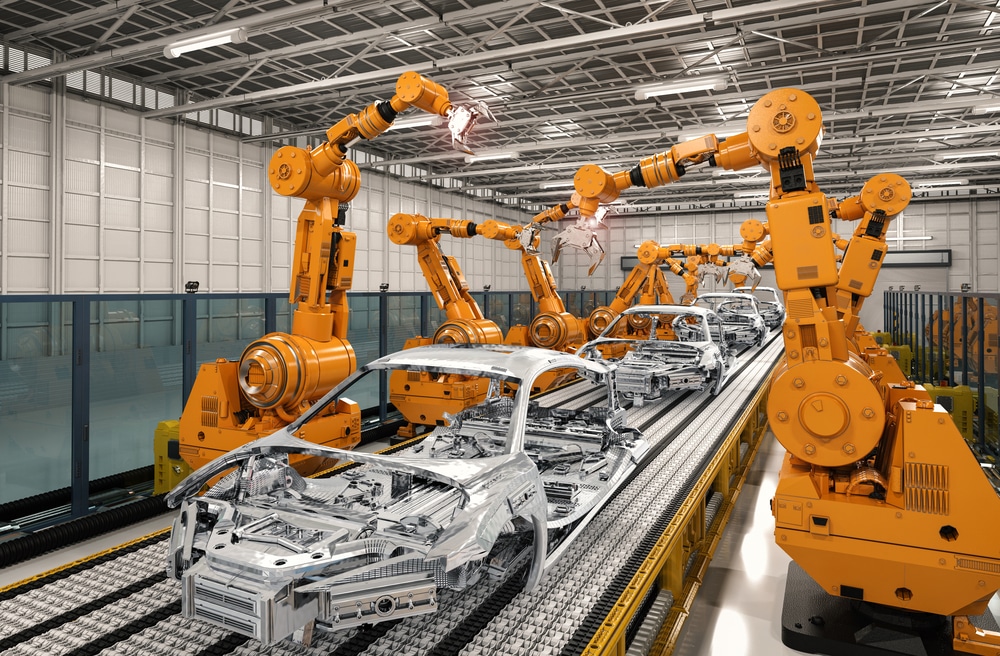Introduction
In the realm of industrial engineering and manufacturing, the term ‘Assembly Line Designers‘ conjures up images of innovation, efficiency, and the relentless pursuit of progress. The concept of the assembly line is not new; it dates back to the early 20th century. However, the techniques and technologies that drive these systems today are a far cry from their humble beginnings. In this article, we delve into the advanced assembly line design techniques that are shaping the future of manufacturing.
The Evolution of Assembly Line Design
Assembly line design has evolved dramatically since the days of Henry Ford’s pioneering work in the automobile industry. Early assembly lines were rigid, linear systems designed for mass production with little flexibility. Modern assembly line designers, however, are faced with a different set of challenges and opportunities. The current manufacturing landscape demands versatility, adaptability, and a heightened focus on sustainable practices.
The Role of Automation
Automation has been a game-changer in assembly line design. Robotic systems and automated processes have not only increased efficiency but have also introduced a level of precision that was previously unattainable. Advanced robotics, coupled with machine learning algorithms, are enabling assembly lines to adapt in real-time to changes in production requirements.
Customization and Flexibility
One of the key trends in contemporary assembly line design is the shift towards customization and flexibility. In an era where consumer preferences are rapidly evolving, the ability to quickly alter production lines to accommodate different products is invaluable. This agility is achieved through modular design principles, where components of the assembly line can be easily reconfigured or replaced.
Integrating Smart Technologies
The integration of smart technologies is at the forefront of advanced assembly line design. Internet of Things (IoT) devices, sensors, and real-time data analytics are transforming assembly lines into intelligent systems that can predict maintenance requirements, optimize workflows, and reduce downtime.
Data-Driven Decision Making
Assembly line designers are increasingly relying on data analytics to fine-tune their systems. By analyzing vast amounts of data generated by the assembly line, designers can identify bottlenecks, optimize resource allocation, and improve overall efficiency.
Enhanced Quality Control
Smart technologies also play a crucial role in quality control. Advanced imaging and sensor technologies enable real-time monitoring of products as they move through the assembly line, ensuring that quality standards are consistently met.
Sustainable Assembly Line Practices
Sustainability is no longer an afterthought in assembly line design; it is a critical component. Modern assembly lines are being designed with energy efficiency, waste reduction, and the use of environmentally friendly materials in mind.
Reducing Carbon Footprint
Advanced assembly line design techniques are focused on minimizing energy consumption and reducing the carbon footprint of manufacturing processes. This is achieved through efficient machine design, optimized logistics, and the use of renewable energy sources.
Recycling and Reusing Materials
The circular economy concept is also influencing assembly line design. Designers are exploring ways to incorporate recycling and reusing materials into the manufacturing process, thereby reducing waste and conserving resources.
The Human Factor in Assembly Line Design
Despite the increasing automation of assembly lines, human workers remain an integral part of the manufacturing process. The role of assembly line designers includes ensuring that these systems are ergonomic, safe, and conducive to worker wellbeing.
Ergonomic Design
Ergonomic design principles are applied to reduce physical strain on workers and prevent injuries. This includes the design of workstations, tools, and the overall layout of the assembly line to enhance comfort and efficiency.
Collaborative Robotics
The advent of collaborative robots (cobots) represents a significant shift in assembly line design. These robots are designed to work alongside human workers, complementing their skills and assisting in tasks that are repetitive or physically demanding.
Conclusion
The future of assembly line design is one of continuous innovation and adaptation. Assembly line designers are at the forefront of this evolution, crafting systems that are not only efficient and productive but also sustainable and human-centric. As we look towards the future, it is clear that the blueprint of progress in manufacturing will be marked by advanced technologies, smart integration, and a deep commitment to sustainability and human wellbeing. The journey of the assembly line, from a simple conveyor belt to a complex, intelligent system, is a testament to human ingenuity and the relentless pursuit of progress.
